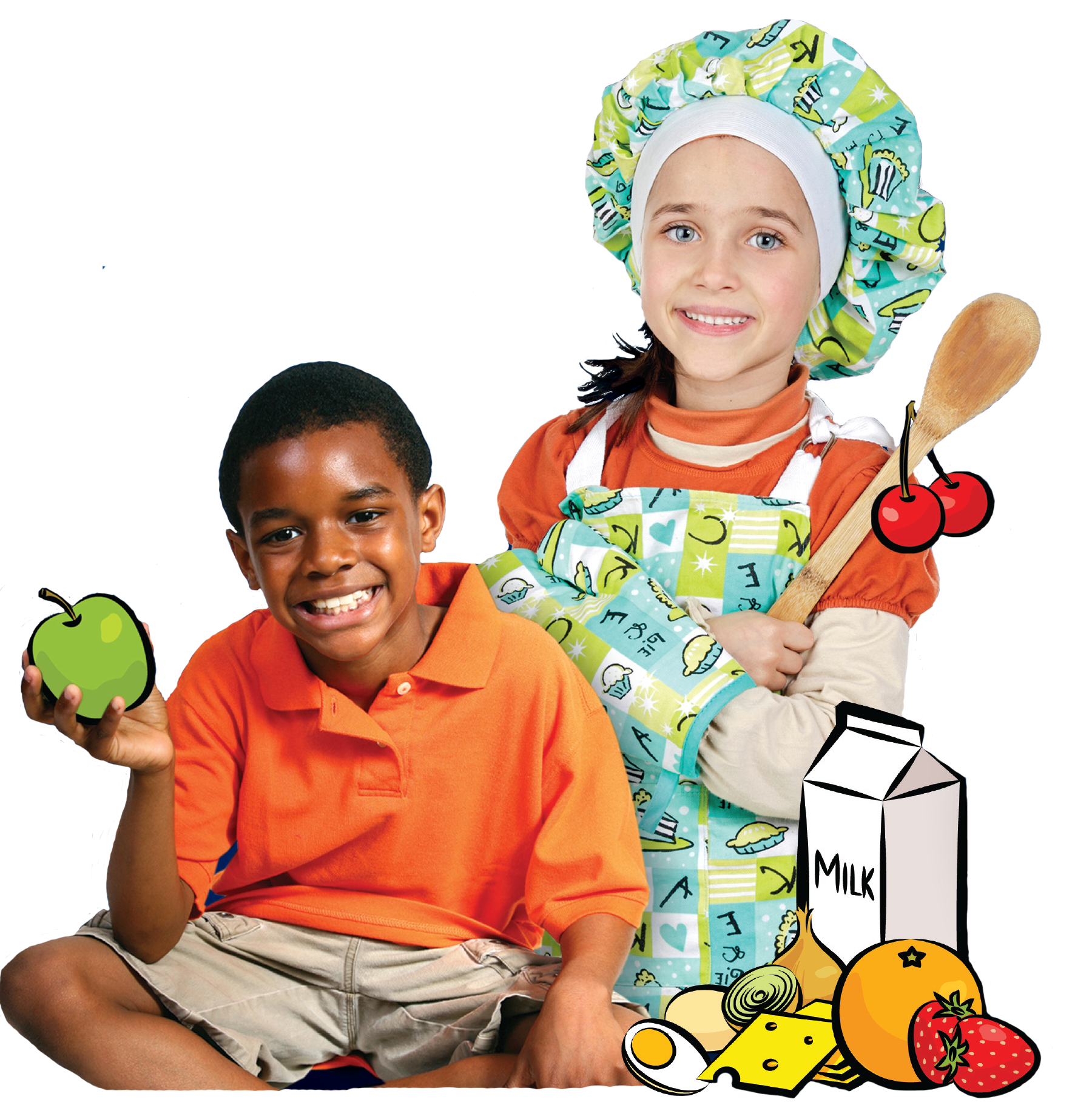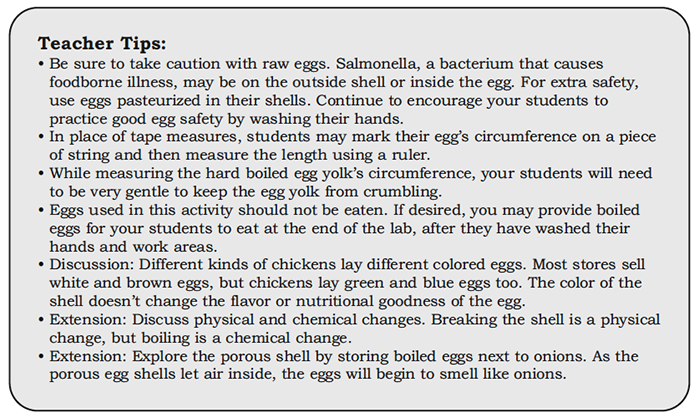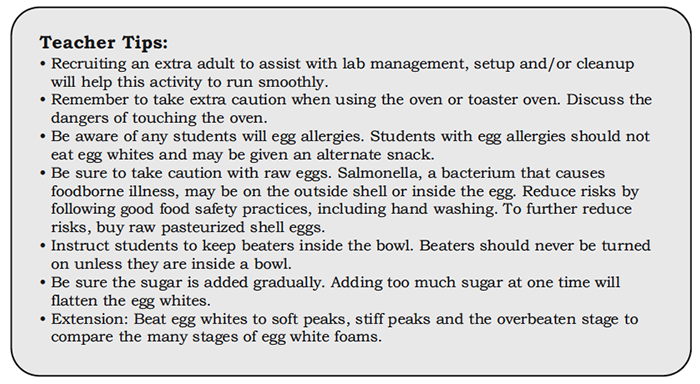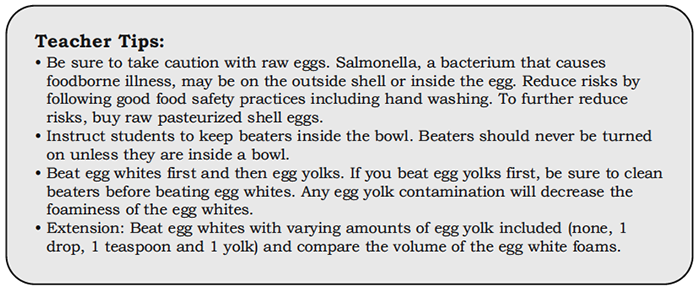Introduction to FoodMASTER:
FoodMASTER (Food, Mathematics and Science Teaching Enhancement Resource) is a compilation of programs aimed at using food as a tool to teach mathematics and science. It is our theory that if food is used as a tool to teach mathematics and science, students will be better prepared to demonstrate and apply mathematic and scientific knowledge. Because students encounter food on a daily basis, they have preexisting contextual experiences preparing them for learning new and relevant mathematics and science material.
Food is conducive to hands-on and virtual, inquiry-based, active learning that uses multiple senses to engage students in the learning process. Utilizing food allows for an interdisciplinary approach to learning concepts and ideas in a variety of scientific subjects like general science, biology, chemistry, microbiology, nutrition, and health. Additionally, food labs are a dynamic way to teach mathematics concepts such as numbers and operations, algebra, geometry, measurement, and problem solving.
The knowledge and skill development that can be inspired by the FoodMASTER approach is limitless. Proper use of measurement tools, data collection and interpretation, application and generalization, classification and organization, graphing and comparative analysis, understanding chemical changes, observing functions of ingredients and controlling variables, pricing, critical thinking, self-directing learning, and team building are only a few of the potential knowledge and skill development areas for intermediate grade students experiencing FoodMASTER’s scientific inquiry labs.
Additional FoodMASTER Lessons
Additional FoodMASTER lessons can be found to cover health and nutrition topics such as:
Background for this Lesson:
Did you know a hen can lay 250 to 300 eggs a year? That’s a lot of eggs! In the United States, chicken eggs are the most popular, but you can eat duck eggs, goose eggs, ostrich eggs, and more. In this chapter, we will focus on chicken eggs.
Chicken eggs are an excellent source of protein, vitamins, and minerals. However, a microorganism called Salmonella can infect eggs and make you sick. Thoroughly cooking eggs makes them safe to eat because cooking kills Salmonella. To avoid foodborne illness, be sure everyone washes their hands after touching raw eggs and that no one eats raw eggs.
In this lesson, students will:
- list several parts of an egg and complete egg fact tables;
- make pictorial representations of the parts of an egg;
- practice measurement skills using appropriate units for weight, circumference, and height;
- make egg white foams and identify egg white soft peaks and stiff peaks;
- measure ingredients accurately and complete a Venn diagram comparing raw egg whites and egg foams; and
- make and test a prediction and measure time accurately.



